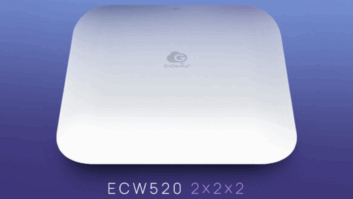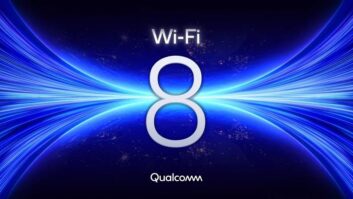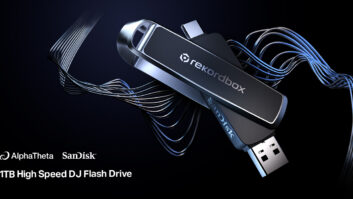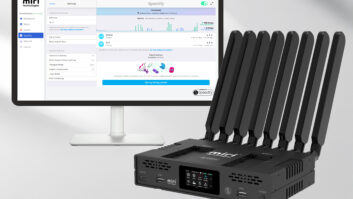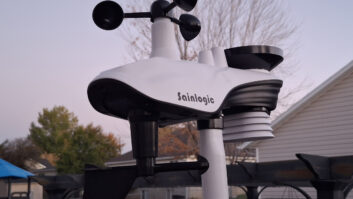Las Vegas — SanDisk entered multiple new markets here at CES with its first WiFi-equipped MP3 player, its first portable media player (PMP), and the industry’s first so-called USBTV device, which docks with any TV to play back video transferred from a PC. All use flash memory.
The company also announced its first Solid State Drive (SSD), a 32GB model available on an OEM basis to laptop makers to replace embedded 1.8-inch HDDs.
The WiFi-enabled MP3 player, the $249-suggested 4GB Sansa Connect due in late March, will let users download songs from authorized sites through home WiFi networks and open hot spots without connecting to a PC. The device will also use WiFi to stream Internet radio stations without a PC and view digital pictures on photo-sharing sites without downloading the pictures. It also plays songs transferred via USB cable from a PC but not transferred via WiFi from a PC. It will be compatible with subscription-download services.
At first, the device will most likely be configured to work with one existing authorized download/streaming site, but more compatible sites will be announced throughout the year, said Eric Bone, AV product marketing director.
Although a company called MusicGremlin unveiled a WiFi-equipped MP3 player more than a year ago, the Sansa device differs in that it features WiFi-enabled Internet radio streaming and on-line photo viewing. In addition, it’s pocketable and fits behind a business card, whereas the MusicGremlin device is bulkier because it uses a hard disk. In another major difference, SanDisk plans to make its device work with multiple download services, whereas MusicGremlin’s device works only with its own download site.
The Sansa Connect will also come with microSD card slot, embedded speaker, 2.2-inch screen, and ability to share the metadata of recommended songs with other Connect users via an ad hoc WiFi connection.
The hand-held USBTV device, due in March in 2GB and 4GB versions, is designed for “drag, drop and walk” simplicity to encourage more consumers to watch their PC videos on a large-screen TV, said Kate Purmal, senior VP/GM of digital content. USBTV is a simpler alternative for people who don’t want to configure a PC-to-TV network and who find that they can’t reliably burn PC video to a DVD, she explained.
Once the USBTV is loaded with video, consumers plug it into a dock with standard audio/video outputs to a TV. The device incorporates decoders for most major Internet video formats, and it comes with its own slide-off IR remote control and on-screen guide that lets users pick the videos they want to view on the TV.
USBTV will incorporate digital rights management (DRM) technology for compatibility with authorized paid-for video-download sites, if not at launch then soon after, said SanDisk chairnman/CEO Eli Harari.
SanDisk will also offer USBTV technology to other companies that want to offer USBTV devices, and it will work with manufacturers of TVs, portable DVD players, car electronics, and other CE products to incorporate USBTV’s pin configuration directly into their devices. This would eliminate the need for a dock, which must be plugged into the wall for power.
USBTV pricing wasn’t released.
The company’s first PMP is the 8GB Sansa View, due in March at a suggested $299 with a 4-inch widescreen display. The company’s largest screen size for a video-playing MP3 player is 1.8 inches. It’s promoted as one of the thinnest PMPs at 0.66 inches. A full-size SD card slot allows for an addition 8GB of storage. A docking station allows for a TV connection to display up to 1080i HD video. It uses removable lithium-ion battery.
The 32GB SSD would add an estimated $600 to the cost of a laptop if the SSD were included in the first half of the year, but it will offer multiple benefits, including extended battery life because power consumption drops to 0.4 watts from 1 watt during active operation, the company said. Read rates will exceed HDD rates by 100x.
The company is sampling the drives now and will start production in the first quarter.




